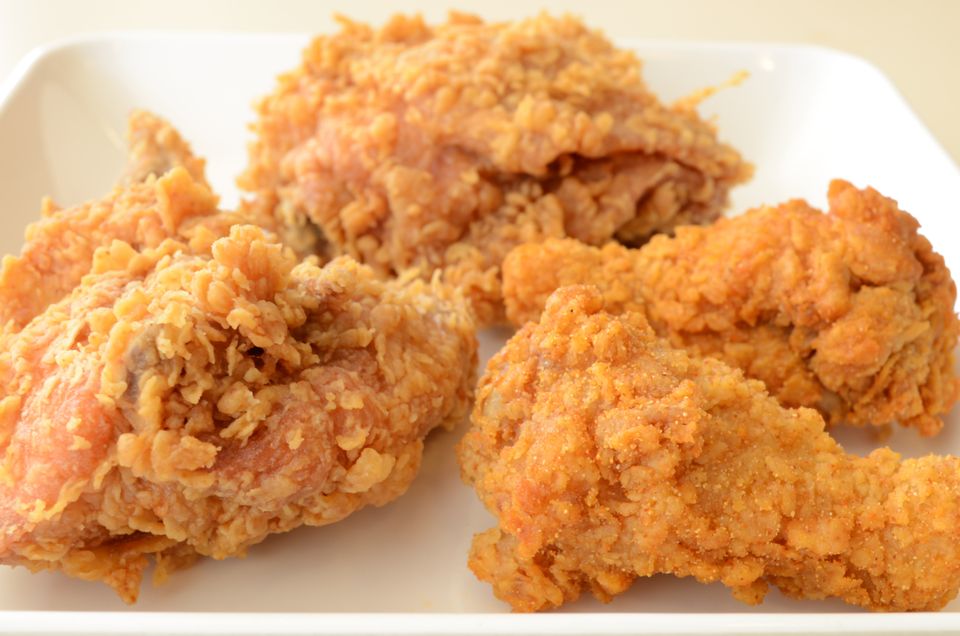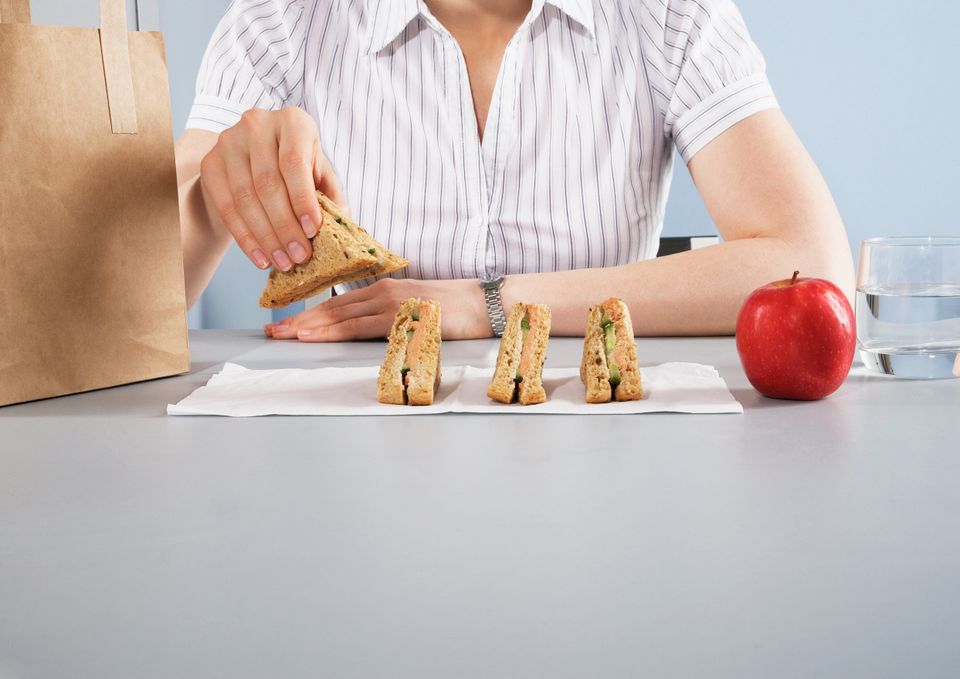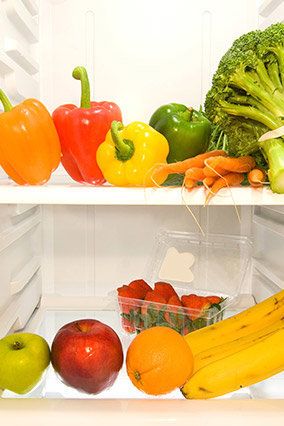By Kate Rockwood
A platter of fresh, briny mussels. A juicy tomato, sprinkled with sea salt. A pint of ice-cold, malty beer. Is your mouth watering -- or your nose wrinkling?
In two new books, a food product developer and a self-proclaimed picky eater dive into the genetics, biology, and psychology that influence our culinary likes and dislikes. Barb Stuckey's Taste What You're Missing is an engrossing read about making mouths happy, while Suffering Succotash is Stephanie Lucianovic's quest to understand her own gag reflex. We feasted on both books to learn how predilections and revulsions can develop over time.
In Utero: Mom's Diet

Getty Images
In a study at Philadelphia's Monell Chemical Senses Center, one group of pregnant women drank carrot juice during their third trimester, another drank the juice during the first two months of breastfeeding, and a third avoided carrots altogether. Later, the babies whose mothers had consumed the orange veggies preferred carrot-flavored cereal more than the other kids did. Additional research suggests that when women experience severe morning sickness -- which can cause sodium loss -- their babies tend to be born with a higher penchant for salty foods.
In Utero: Bitter Flavor

Getty Images
Your DNA determines how many taste buds you have on your tongue. Researchers have dubbed the quarter of the population on the high end of the taste-bud spectrum "supertasters" -- and they're more likely to be women than men. Supertasters might experience a food three times more intensely than their lesser-budded counterparts, making sweet taste sweeter, salt taste saltier -- and bitter taste more bitter. While a tongue with fewer taste buds may relish black coffee, Brussels sprouts, and broccoli, a person with an abundance of buds might find these foods too pungent for her palate.
In Utero: Starchy Foods

Shutterstock
Most people like when certain foods change texture in their mouth (think chocolate pudding transforming from thick to silken), but some might enjoy it more than others, thanks to a particular gene. The more copies of this gene you have, the more amylase -- the enzyme that pulverizes the starch in foods -- your saliva contains. And the more amylase in your saliva, the more acutely you may appreciate the texture shift of a starchy treat.
Advertisement
Childhood: Creamy, Fatty And Fried Foods

Shutterstock
A childhood plagued by ear infections can damage the chorda tympani nerve, which sends taste signals from the tongue up through the middle ear to the brain. When taste signals are muffled, the trigeminal nerve (the nerve that carries texture information) sings the praises of creamy, fatty, and fried textures more loudly -- making those foods all the more appealing.
Childhood: Anything Your Family Hates

Getty Images
During a child's impressionable early years, watching a sibling or parent recoil after eating stinky cheese or rare meat can have long-term consequences. French researchers have shown that emotions on other people's faces can powerfully impact our own desire to eat particular foods: When looking at images of a disgusted face, study participants had less desire to eat foods they already liked; images of faces showing pleasure made them willing to eat kidneys, blood pudding and other foods they had previously deemed unappetizing.
Adulthood: Food That Has Made You Sick

Getty Images
Avoiding meat and plants that caused intestinal distress is one way our ancestors survived. But today that survival instinct can doom any fare that coincided with a stomach flu or food poisoning. Researchers have created food aversions in subjects with just one negative exposure. And some aversions can continue indefinitely: The next time you eat something that sparks bad memories, your sympathetic nervous system (which controls your "fight or flight" mechanism) will kick into gear. Your digestion will slow, the food will sit like a brick in your stomach, and you'll redouble your vow never to eat it again.
Advertisement
Adulthood: Pricey Menu Items

Getty Images
You might expect a glass of wine with a high price tag to be more delicious -- and that expectation actually makes you enjoy the wine more. Researchers at Caltech and Stanford looked at people's brains as they sipped "$10" and "$90" Cabernets that were actually the same wines. The brain scans showed that when drinking the pricier pour, people experienced more activity in the medial orbitofrontal cortex (an area that codes for pleasure) than when they sipped the $10 version. Your wallet might balk at overpriced wine, but your taste buds will be pleased.
Adulthood: Old Favorites

Getty Images
Over time many of us begin to lose sensitivity in the smelling department -- a sense that accounts for the majority of what we consider flavor. An estimated 50 percent of people between 65 and 80 experience a significant loss of smell as they get older. Consequently, foods you once loved may start to seem bland.
